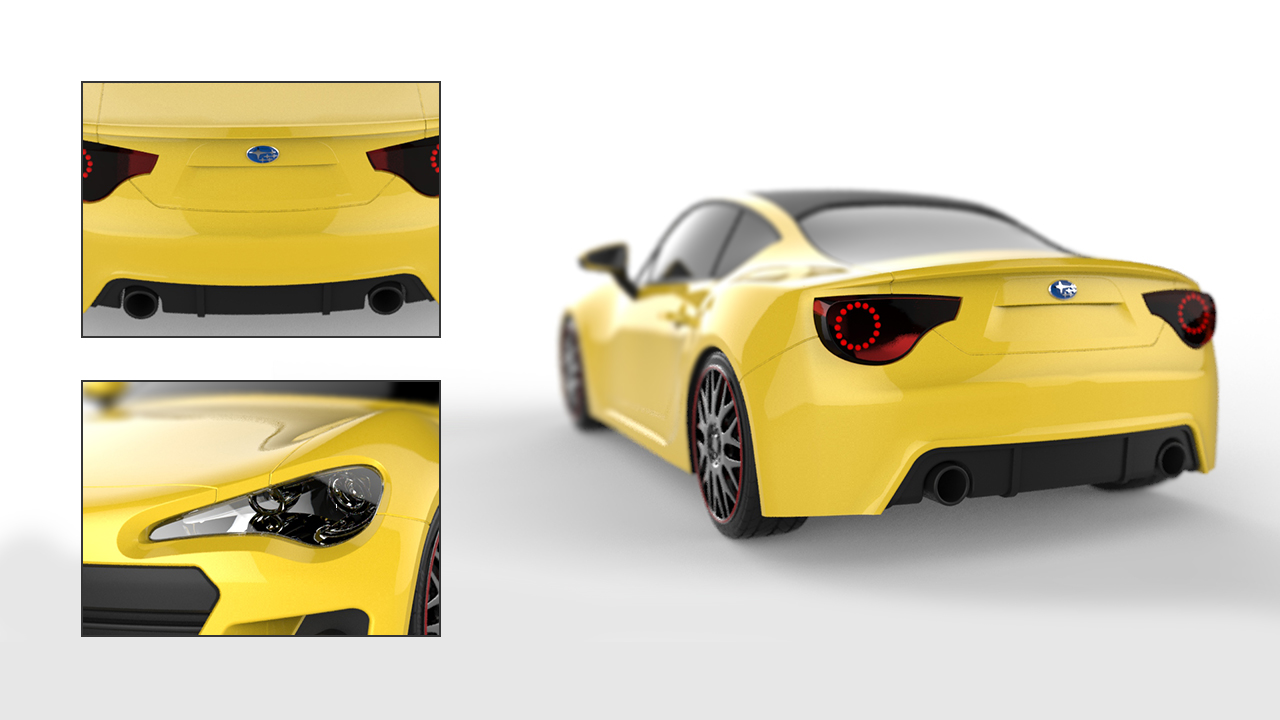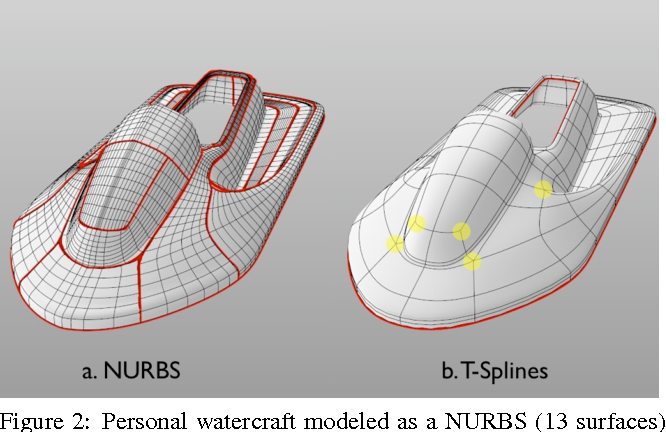
The guy from Rhino also says that as time the union is good, no worth make more loops or intersections near the curves but he says also that to prevent isocurve drift more loops that guide the intersection outside are good. rings or add loops its always good to use make uniform, but the uniformity in those places where the triangles are is forgotten or has big problems. understand how prepare the cells for the union. It would be big help if you could explain how understand the cell subdivision and the union problem with complex curved yes i know very well the subdivision tools, i subdivided till my ears started to take fire lol, i was talking about another kind of subdivision if i understood well the video that i posted, kinda subdivide an entire body to same sized quads at once before make the union.

#T splines rhino 5 tutorial how to
How to influence the subdivision? is there really a way to manipulate subdivision? Understand how unite unpair edged cells or critical zones where quads must diramate in more directions or curves, would be also very important to learn for me. It explains a lot ok, but i still have no clue how unite correctly because i surely never have this 1-1-1-1 edge factor like he has in his cell subdivision. While looking for a solution and understand more about unions i found this video. In a way or another, as you say if triangles are around many other cells become crazy and make strange twists. Reconstructing somehow makes lose the continuity elsewhere. Till yet i didn't find a way to correctly unite or split the cells and have continuos looking surfaces. Mostly test to see how it fits turn wrong and i must undo to try other ways for union. exactly like the sphere, same issue, and i can confirm its a bloody mess.

Remove and reconstruct zones with triangles that appear when bridging or converting curvy surfaces to t-spline body. Since my Fusion works better i was experimenting to connect t-spline bodys with each other, but i am encountering always the problems you describe in this video. I am sure the condivision of your know how will make me, and also many others, understand relevant things in t-spline, so thank you very very much. If you start make videos like you announced i think this will be a big step in understanding better t-spline and them complexity.

First of all big compliments for the skeleton works in the other post.


 0 kommentar(er)
0 kommentar(er)
